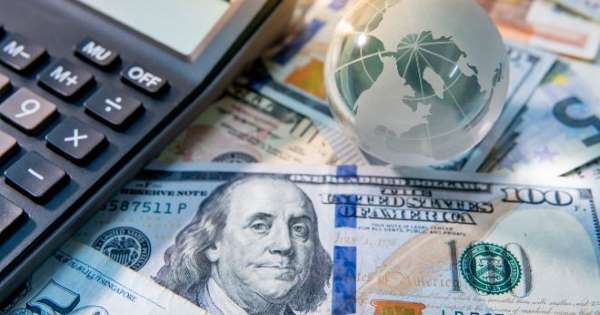

After March’s redemption scramble out of corporate bond funds, investors have sent all of it back into the market, along with an additional $50 billion. This activity jars with the observation that likely the biggest default cycle in history is coming down the tracks towards us. Get ahead of looming corporate downgrades with Overbond’s market surveillance signals and features.
Source: Barron’s
Bond markets are starting to give the impression that twin dangers of the coronavirus and corporate defaults have passed. Investors should hesitate before buying in.
Retailers have been filing for bankruptcy and restructuring debt at a record pace, and more defaults are expected after the coronavirus pandemic froze some companies’ cash flows and destroyed tens of thousands of jobs. Now—with double-digit unemployment and severe pressure on municipal budgets—protests against police brutality are raging across the U.S.
But investors seem undeterred by that news. While they withdrew a record amount of cash from corporate bond funds in March, they have sent all of it back into the market, along with an additional $50 billion, according to Bernstein strategists.
“The buying of credit positions in the last 2 months is probably the clearest embodiment of the ‘don’t fight the Fed’ narrative, combined with an absence of yield elsewhere, but it does jar with the observation that probably the biggest default cycle in history is coming down the tracks towards us,” the strategists wrote in a June 2 note.
The influx of cash is affecting markets in a couple of different ways. First is the expensive pricing and robust demand for sales of bonds from investment-grade companies such as Amazon.com (ticker: AMZN), even as record amounts of new debt flood that market.
Amazon sold $10 billion of bonds on Monday, its first time tapping the market since 2018. The tech giant’s new bonds will mature between three and 40 years and bear coupons between 0.4% and 2.7%. The last time Amazon sold debt, its 40-year bonds came with a 4.25% coupon.
Investment-grade companies have issued $589 billion of bonds in April and May, nearly triple the amount sold during the same period last year, according to Bloomberg. So far this year, they have sold twice as much debt as they did over the same period last year, setting several records for bond-sale volumes, after the Fed cut interest rates to nearly zero.
The second sign of overheating was last month’s rally in the riskiest corner of the high-yield bond market. Overall, junk bonds returned nearly 5% in May. Most notably, the biggest gains came in the market’s lowest-rated tier, said Marty Fridson, chief investment officer of Lehmann Livian Fridson Advisors.
Those bonds posted a 6% total return for the month, a better performance than the higher-rated parts of the market. That was a sharp change from April, when the lowest-rated bonds posted a slight loss while the broader high-yield bond market gained 3.8%.
Within that group, distressed bonds—those trading with yields 10 percentage points above Treasury yields—outperformed the broader market by a wide margin. Through May 29, they returned nearly 11%, compared with 3.4% returns for nondistressed bonds.
Part of that was because a rally in crude-oil prices helped boost the bonds of distressed oil-and-gas companies. “But that’s not the whole story by any means,” Fridson said. Excluding energy-sector bonds, the average price move of a distressed bond was a 4.2% advance for May, compared with an average 5.5% decline for April.
After the bond market’s latest gains, it will likely be difficult for investors to find good investment opportunities in riskier debt, strategists say.
“As a tactical trade taking advantage of central bank buying, this has worked,” Bernstein’s strategists wrote in their note. “But we worry that the outlook looks horrible, not least because credit quality was the worst in 20 years even before the pandemic.”
The one way that the corporate debt market could look like a good deal is compared with the stock market. The S&P 500 has rebounded more than 35% from its recent lows; it is now trading at nearly 22 times earnings and is just 9.5% below its closing record high. And bond investors often recover a significant part of their original investment if a company runs into trouble, unlike stock investors.


